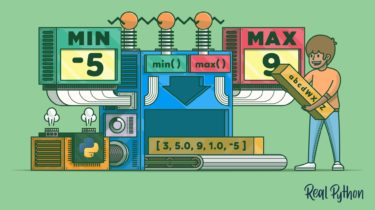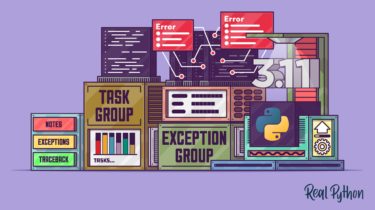Testing Your Code With pytest
Testing your code brings a wide variety of benefits. It increases your confidence that the code behaves as you expect and ensures that changes to your code won’t cause regressions. Writing and maintaining tests is hard work, so you should leverage all the tools at your disposal to make it as painless as possible. pytest is one of the best tools you can use to boost your testing productivity. In this video course, you’ll learn: What benefits pytest offers How […]
Read more





